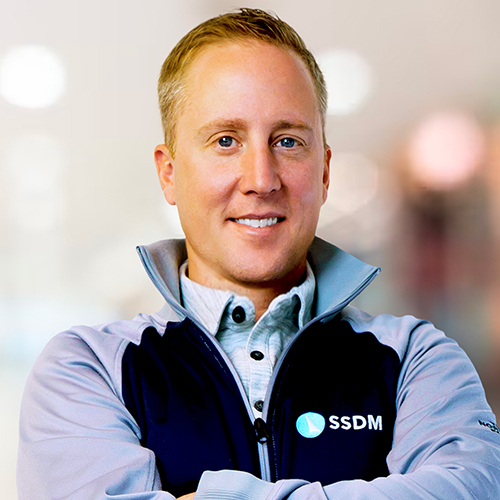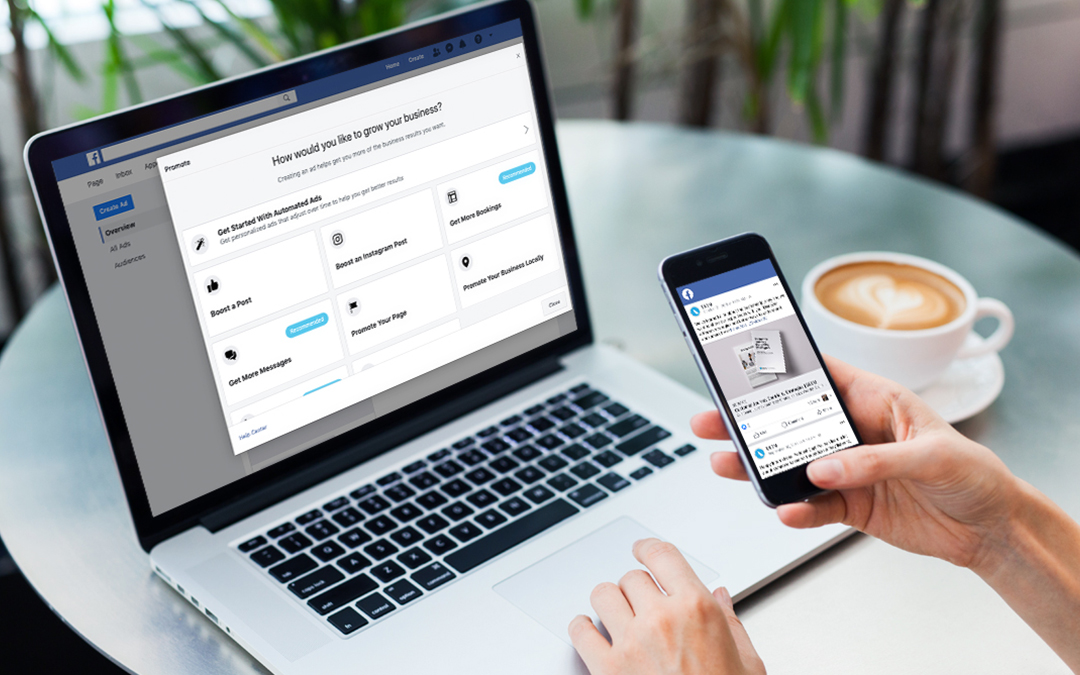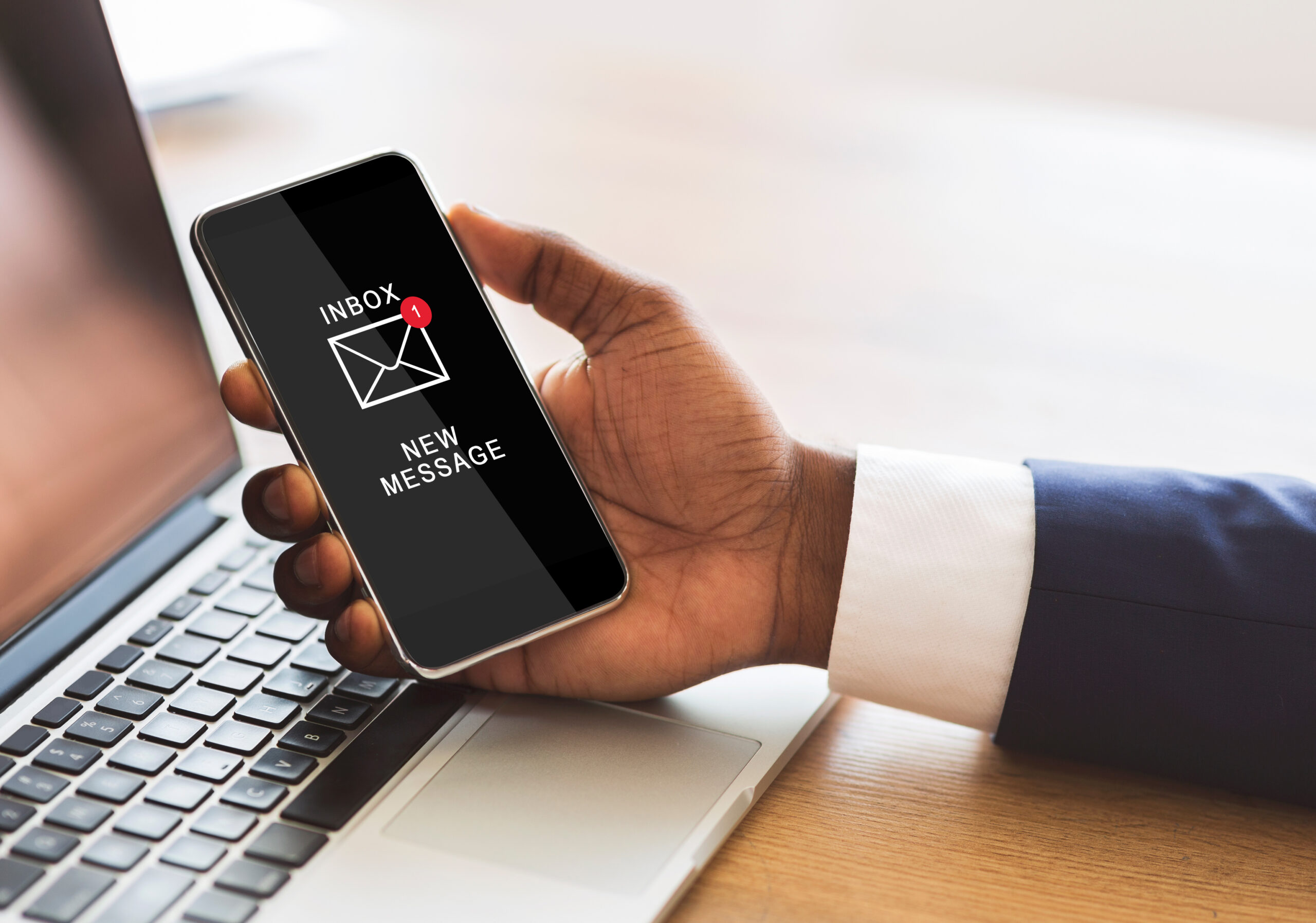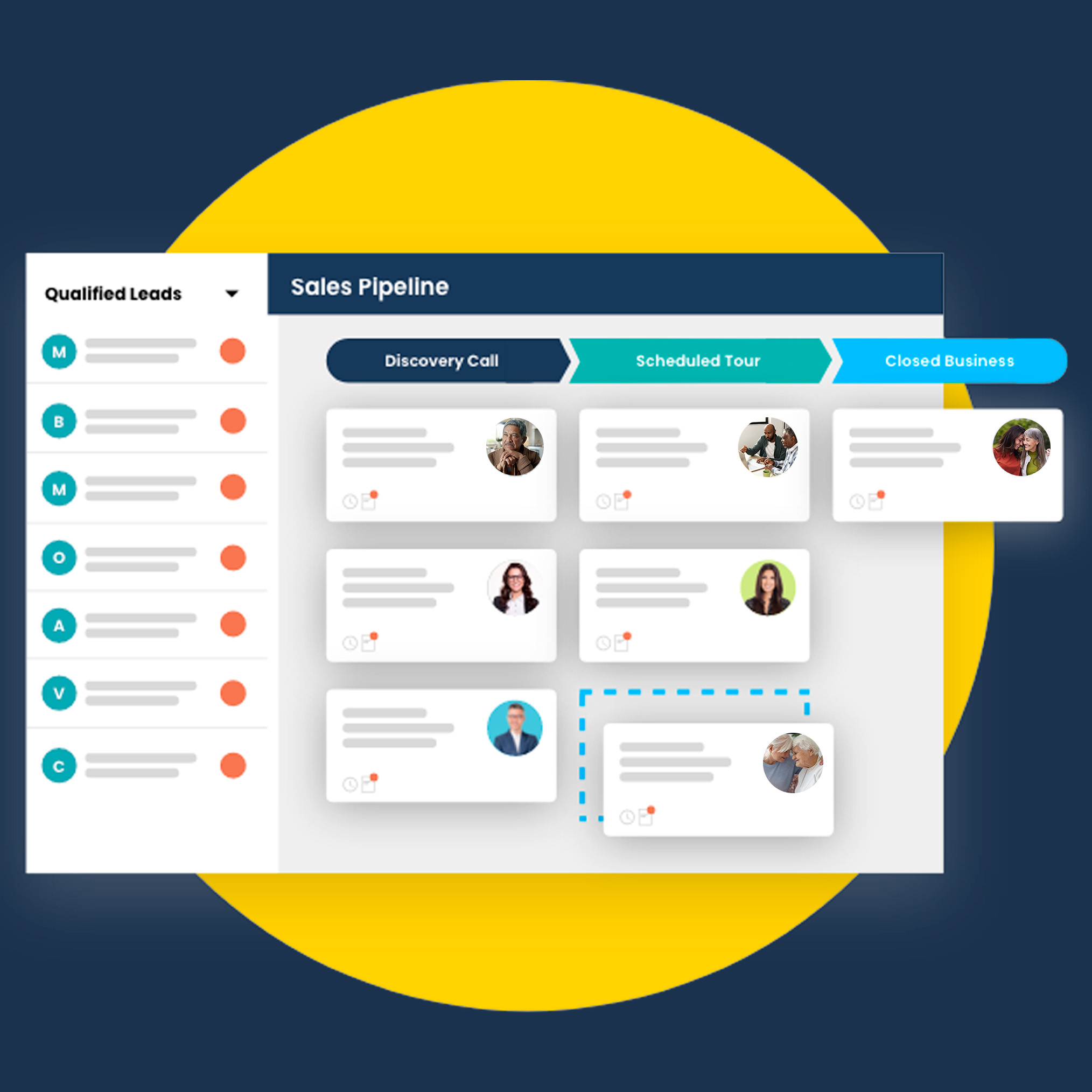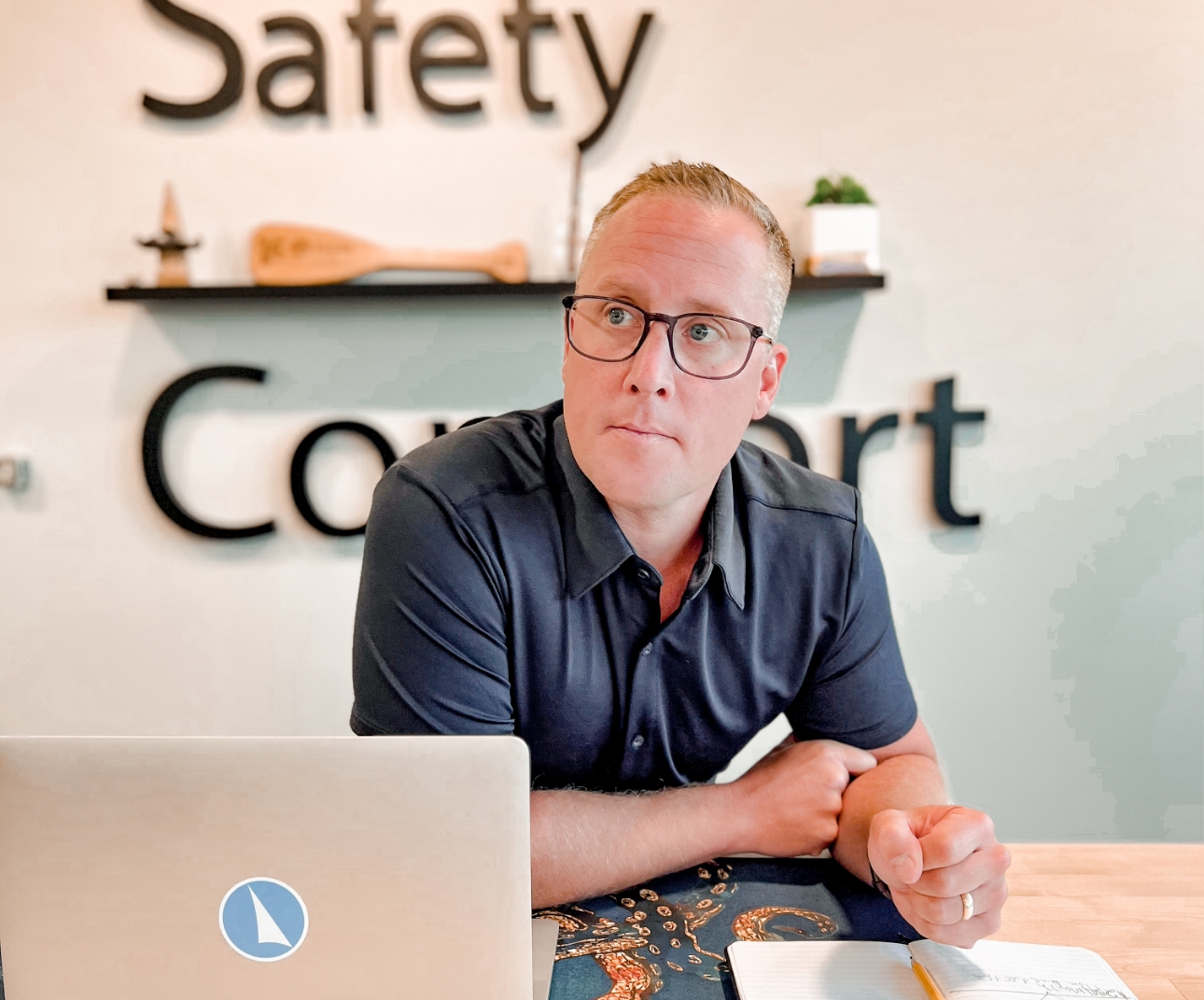It helps to know the end-goal. Demand generation and lead generation are often used synonymously, but actually, they are very, very different. Different in so many ways, from required budget to desired results.”
Aligning expectations
From an agency standpoint, the distinction between demand generation and lead generation must be clearly defined. Does the client expect more people to know about them, to read their blog, consider them to be the experts in their industry?
Or do they expect to significantly increase revenue?
These are two totally different outcomes and managing the expectations associated with those outcomes is a critical part of our job, along with actually developing a sound strategy and executing a winning campaign.
How do we do it?
Although my title says Paid Media Manager, that really describes the end-goal of my efforts. A lot goes into managing paid media.
If the client’s expectation is brand awareness and trust, my job is to determine the proper channels for appropriate content and get them noticed.
If the expectation revolves around review and management of the client’s online reputation, the direction, message and delivery are very different.
If the expectation is qualified sales leads, then it’s a horse of a different color altogether.

When the end-goal is sales
Why is it so different? Because there are many more moving pieces to a sales campaign strategy as opposed to a brand awareness play.
The customer journey involves so much more than simply generating demand. The purchasing cycle is beyond awareness; it’s one of nurturing and engagement. Lots more touchpoints, and dissemination of different, more detailed information.
For instance, the journey may start in social media, maybe through a Facebook ad, and continue with a visit to the website, resulting perhaps in a request for more information and “membership” as a subscriber.
It’s the beginning of a conversation, not just the dissemination of information.
That’s why the budget for a lead generation campaign can easily be ten times the cost of a demand generation campaign. The stakes are higher. The ROI is greater. There’s a lifetime customer value to be considered. If the potential revenue over the life of the customer is high, the cost to acquire that customer is likely to be high as well.
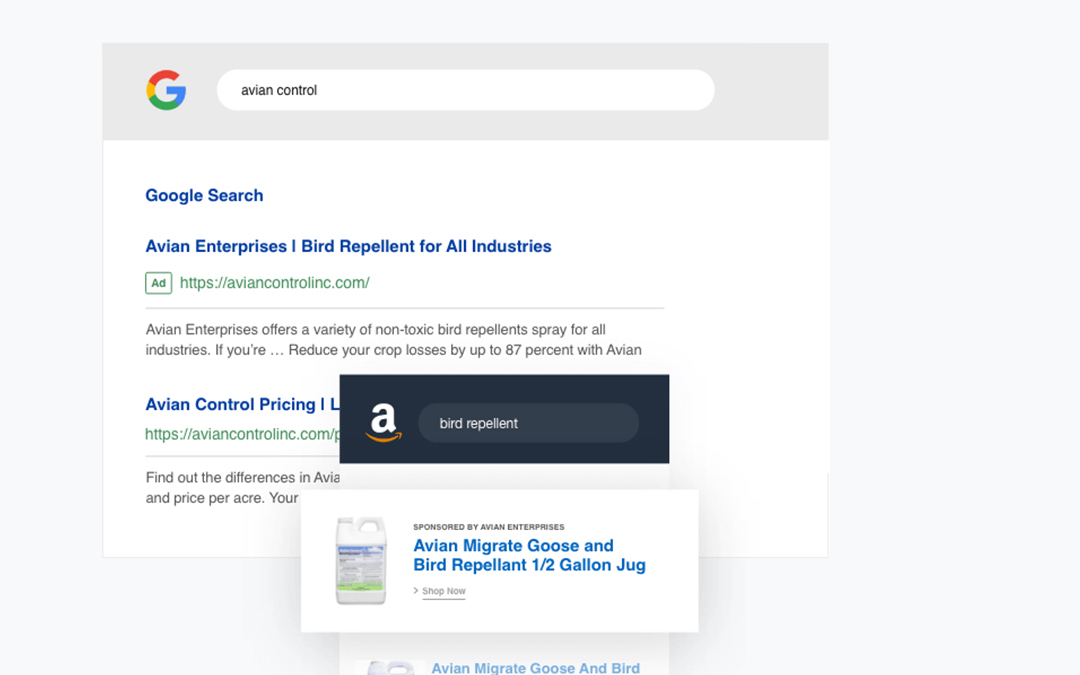
How do we communicate the disparity?
To avoid all the unpleasantness that comes from an expectation misalignment, we – and those in our industry – must be careful to educate clients as to a realistic outcome, based on their goals and budget.
As human beings, we are most happy when we get exactly what we expect. We’ve all heard the one about expecting “champagne on a beer budget,” but it’s a fair analogy. If a client has the budget for demand generation, but has an expectation that sales will climb as a result, it is our responsibility … no, our duty … to clarify the reality.
“The biggest part of our job happens even before the contract is signed. It involves expectation alignment and the results can be extremely disappointing if the client expects something other than what they will actually get. “
Stepping out of the weeds
As agency strategists, we spend our days “in the weeds,” so to speak. We get so deep into the trenches of strategic implementation, we forget sometimes that most people don’t understand the difference between demand generation and lead generation.
It’s critical that – upfront – we understand where the client is in their business cycle. Are they a start-up? Do they have any awareness at all? A little? Is it good? Is there some schmo on Yelp who’s maligning them? Are they a well-established company with a new product to introduce to the market?
By entering into an honest, transparent discussion about expectations, the chances of a successful outcome (for both parties) are greatly increased. Being careful not to overwhelm with too much market-speak or industry jargon, it is absolutely imperative that we insist on having this conversation, and setting honest, reasonable, realistic expectations.
It’s complicated
Why does it cost so much more to get sales than to gain awareness? Because awareness involves only the very top of the customer journey funnel. It can be accomplished with carefully placed Facebook ads, programmatic display ads and community engagement.
An increase in sales entails the entire rest of the funnel. Nurturing, engagement, action, reaction, inquiry, response, personalized and dynamic messaging, relationship building.
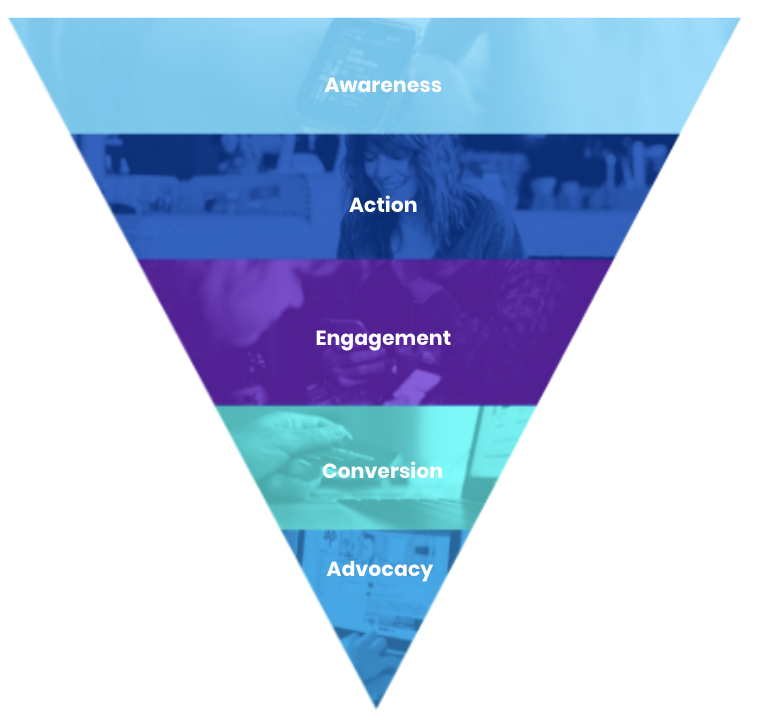
What’s at stake?
Everything. Not just money, although that’s a huge part of it. Not just time, although that’s certainly an important element of the equation, too. It’s Return on Investment. Everyone’s.
Yours. Ours. But most importantly, your audience. If their time is wasted because of a misguided strategy or channel selection, everyone loses. There is no return on investment. Credibility is lost. Sales are lost. Time is lost. And it can never be recaptured. That’s the sad part.
What’s the solution?
Honest dialogue. Direct conversations. Demand generation is just the tip of the marketing iceberg. Lead generation is the whole enchilada. They are vastly different. And the sooner we all address that difference, the sooner we can get on with the business of building the client’s business.
Building demand first. Establishing trust. Building relationships.
Then building sales. Creating a community. Communicating with brand advocates.
The buyer cycle is not what it used to be. It’s better. It’s not scattershot. It’s direct. Personal. In it for the long haul.
More complicated, but infinitely more successful.


